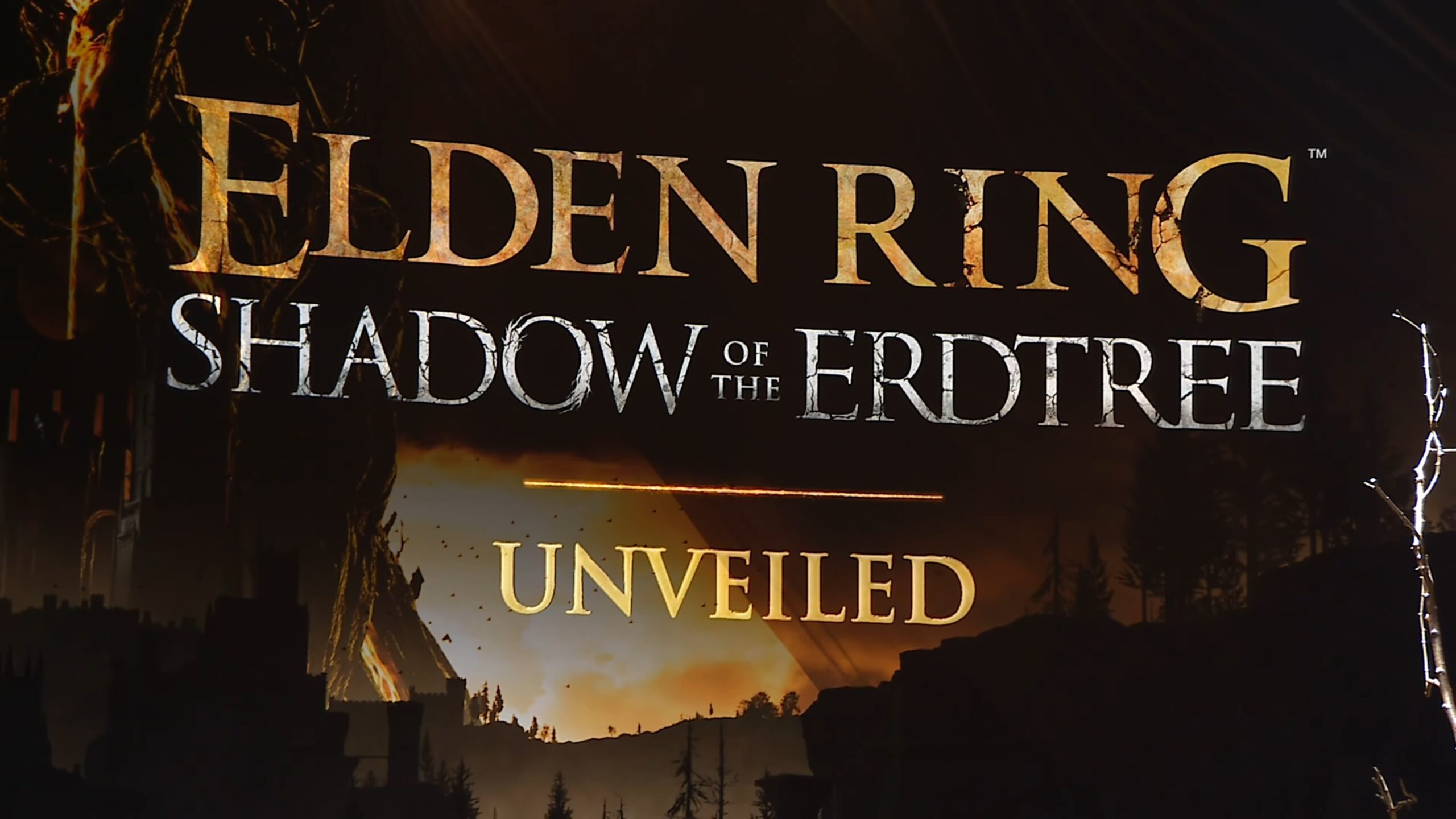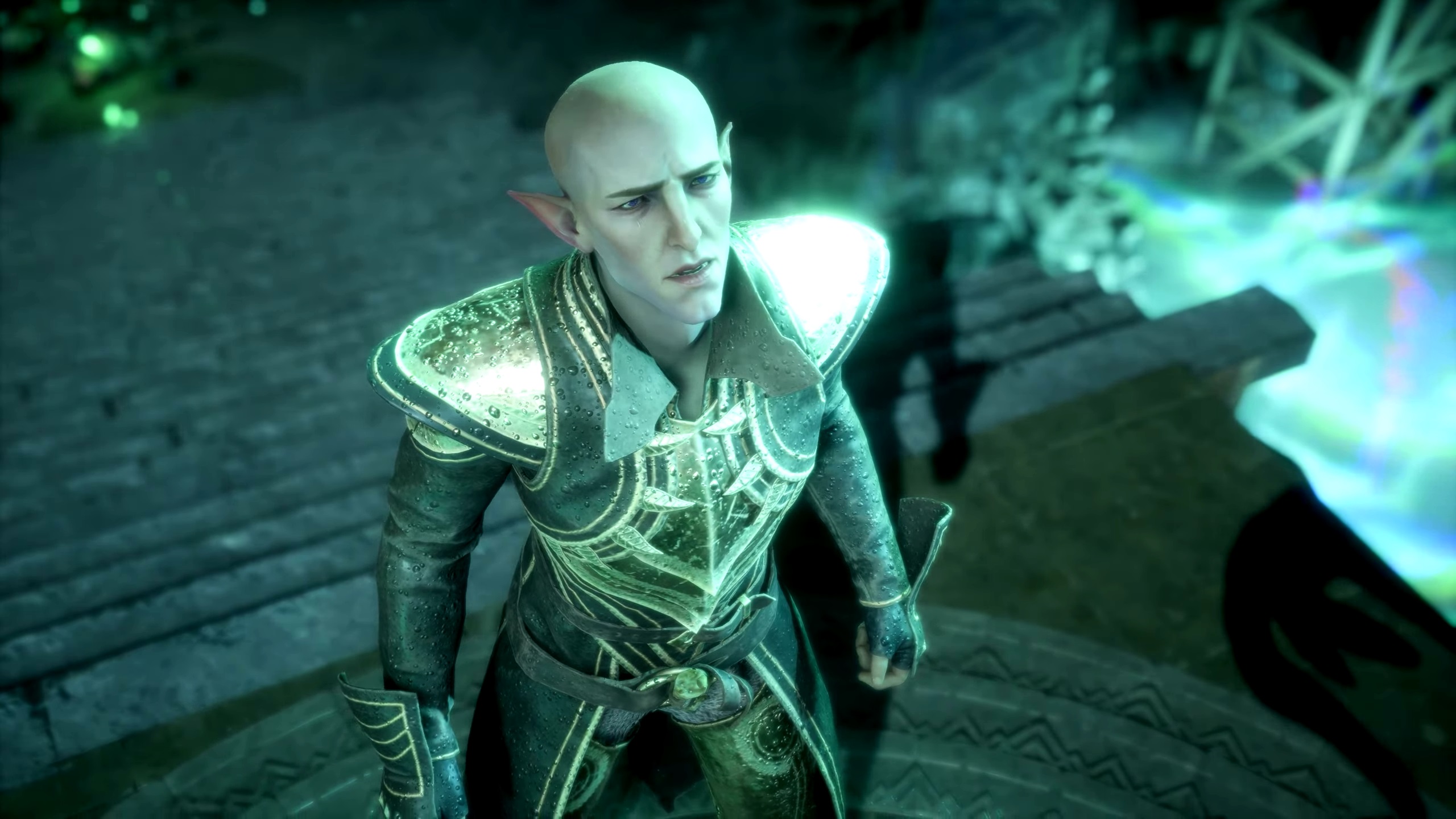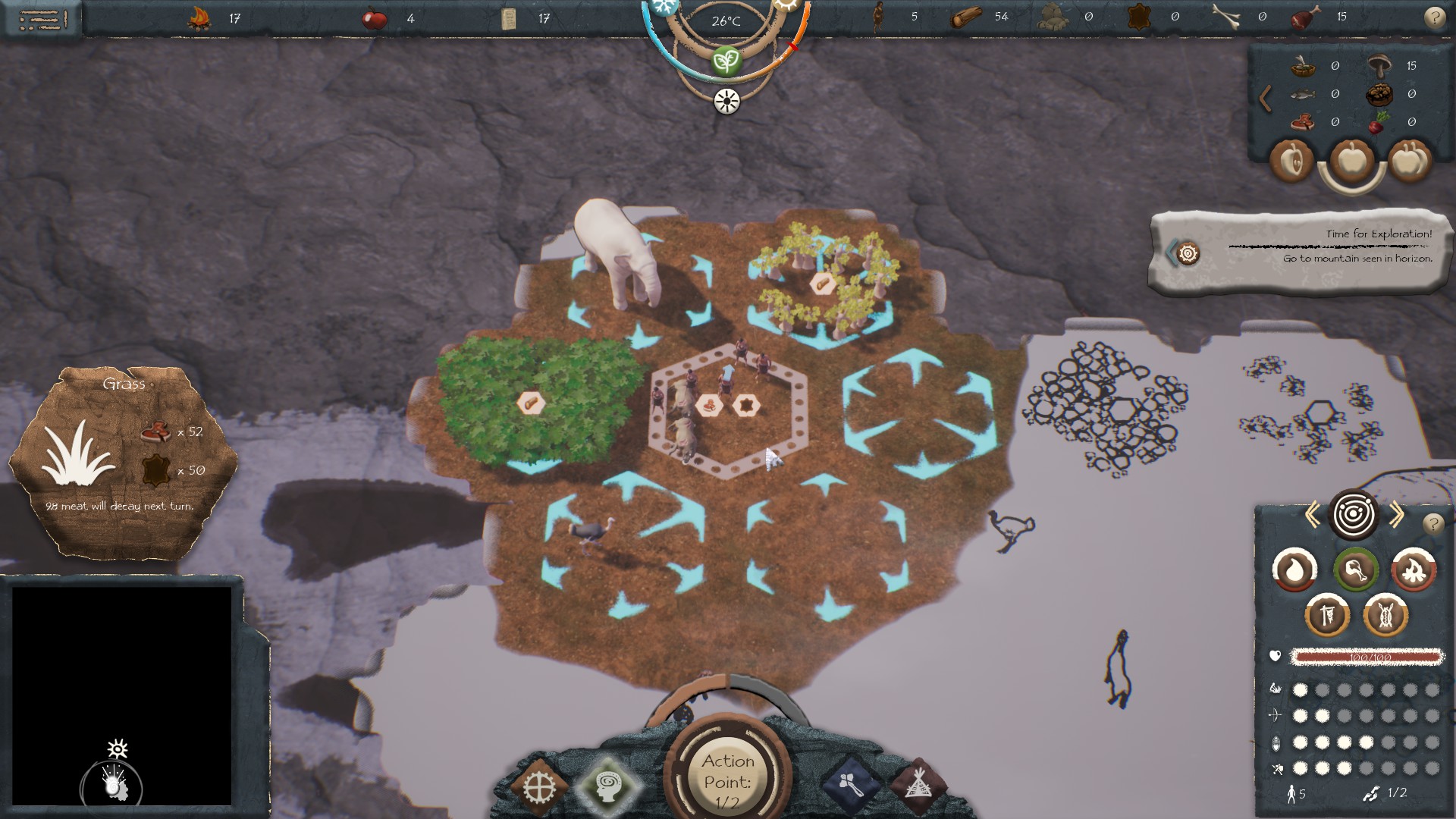There’s certainly no shortage of coverage for the upcoming Bioware’s MMO lately and GameRevolution is the latest to join the fray with an interview [archive.org backup] with associate lead designer Emmanuel Lusinchi. Here’s a sampling:
GR: Do you have plans for PvP arenas?
EL: Well.we have plans for a lot of things. I can’t comment on that, but it sounds like a great idea. I think every game should have that!
GR: Fair enough. As for PvP rewards I’ve noticed personally that, taking World of Warcraft as an example, over the course of its lifetime the PvP rewards went from having stats that are not PvP specific to being completely segregated from the PvE content. What kind of approach are you taking to PvP vs. PvE gear?
EL: That’s a great question, and before you reach max level there isn’t as much of a difference. You can do a lot of PvP and get really good gear and have it carry you through your quests. When you reach max level there’s definitely a shift where people start doing other activities like raiding and really going after gear, and we’ve struggled with that question. What’s the right thing to do in the interest of fairness?
There’s a tendency for MMO players to always go for the most efficient route to the goals they set for themselves, even if that route isn’t fun. So we considered having no difference between the gear, and whatever you do you’d be rewarded with the same kind of stuff. Unfortunately we realized that mathematically there would always be a way that’s faster than the others no matter how we balance it. And then you’d have a certain number of people doing an activity they don’t want to let’s say, the raiders doing PvP because that’s just the best way to acquire this piece of loot. We also don’t really want to have a person who’s dedicated themselves to PvP, only to have someone else come along who’s dedicated to something else and have better gear.
So for all those reasons we decided to have a PvP stat on max level equipment. We’re trying to do it in a way we think is fair, that will affect all the classes like healers and defensive characters. But we don’t want to make it a barrier to entry if you’ve raided for a while and want to try PvP, you won’t get annihilated in seconds. You’ll have a fighting chance, but you won’t be as good as an equally skilled player who’s been putting in the PvP hours. It’s a difficult balance but we feel that we made the right decisions, and of course the players will let us know.
As the original source for this interview is no longer online, we’ve reproduced it here for posterity’s sake:
A short while ago when I posted my hands-on impressions with two of the Sith classes in Star Wars: The Old Republic, I promised you all that we would have more tasty coverage coming as soon as we were able. Well, that time is now, young padawans.
Emmanuel Lusinchi, Associate Lead Designer at Bioware, was kind enough to sit down with me for an interview, and this time around we’ve got some PvP nuggets thrown in too. We think you’ll eat it up like Kessel Spice (but hopefully without the crippling addiction and withdrawal symptoms).
GR: Let’s start off with some PvP talk. You have classes like the Imperial Agent that are designed around a cover system, while others don’t use it at all. Were there any challenges implementing the cover system while designing PvP?
EL: That’s actually something we had to struggle with. The first step was making sure there was enough cover in the PvP Warzones, which was a bit easier than cover in general because they’re relatively small zones and we know where the strategic points are.
If you really like cover, if that’s what you like to do, then you can pick up skills in the skill trees for classes that specialize in cover that make you immune to certain effects; for instance you can become immune to a warrior’s Force Charge while in cover. Not letting people close in quickly with you was a big thing. We also have some skills that make it impossible for you to be knocked out of cover and to push people away so you can snipe them.
It’s a very rewarding role because you do a lot of damage while in cover, and it’s also a challenging role because the good players will try to sidestep and get out of your line of sight, forcing you to change cover. It’s not going to be for everyone, but for those that like cover, I believe we gave them enough tools to make cover work.
GR: And there’s also what you’ve referred to as “natural cover”, not actual cover points but obstructions that let you dodge line of sight, right?
EL: Yeah, absolutely. There are very few abilities, if any, that work without line of sight. You’ve also got portable cover that you can drop in a hurry, which is not quite as good but it’s there whenever you need it.
We placed a lot of cover objects around the worlds. These classes are really fun to play, but if you go to a place where there’s absolutely no cover, and that’s your gameplay, you’ll feel pretty bad. There will be times when you don’t see cover, and you’ll have to use your portable cover, but we try to be nice as much as we can to these classes.
GR: Do you have plans for PvP arenas?
EL: Well…we have plans for a lot of things. I can’t comment on that, but it sounds like a great idea. I think every game should have that!
GR: Fair enough. As for PvP rewards—I’ve noticed personally that, taking World of Warcraft as an example, over the course of its lifetime the PvP rewards went from having stats that are not PvP specific to being completely segregated from the PvE content. What kind of approach are you taking to PvP vs. PvE gear?
EL: That’s a great question, and before you reach max level there isn’t as much of a difference. You can do a lot of PvP and get really good gear and have it carry you through your quests. When you reach max level there’s definitely a shift where people start doing other activities like raiding and really going after gear, and we’ve struggled with that question. What’s the right thing to do in the interest of fairness?
There’s a tendency for MMO players to always go for the most efficient route to the goals they set for themselves, even if that route isn’t fun. So we considered having no difference between the gear, and whatever you do you’d be rewarded with the same kind of stuff. Unfortunately we realized that mathematically there would always be a way that’s faster than the others no matter how we balance it. And then you’d have a certain number of people doing an activity they don’t want to—let’s say, the raiders doing PvP because that’s just the best way to acquire this piece of loot. We also don’t really want to have a person who’s dedicated themselves to PvP, only to have someone else come along who’s dedicated to something else and have better gear.
So for all those reasons we decided to have a PvP stat on max level equipment. We’re trying to do it in a way we think is fair, that will affect all the classes like healers and defensive characters. But we don’t want to make it a barrier to entry—if you’ve raided for a while and want to try PvP, you won’t get annihilated in seconds. You’ll have a fighting chance, but you won’t be as good as an equally skilled player who’s been putting in the PvP hours. It’s a difficult balance but we feel that we made the right decisions, and of course the players will let us know.
GR: Moving over to the PvE side, I noticed right away that there’s a ton of voice acting in all the quests; I don’t think a single quest went without dialogue. Is that same amount of voice acting carried through the entire game?
EL: Oh yeah. Well, you may have noticed bonus quests, which you can kind of do on your way. So you’re doing something and another quest pops up that says “kill 20 of these guys”, and maybe you’ve already killed 5 so you say “oh yeah, I’ll just finish it up.” It provides good synergy, but for those bonus quests there’s no text attached to them and therefore no voice. But for any quest where someone’s talking to you, you’ll be hearing voice for the entire game.
It’s what we’ve been doing in Bioware games, and it just plays well. It makes a game that, at its heart, could be very similar to other games, just more immersive and more about the characters. Because you do make moral choices that affect you, your companions, and the NPCs around you through these conversations.
GR: Yeah, that definitely struck me as a big part of the game. Even though a lot of quests were similar to other MMOs in their objectives, it always felt more interesting because it’s part of the greater mission you’re trying to complete. Can you elaborate a bit on getting that immersive feel in the game?
EL: Well that’s definitely what we’re going for. As a player, when I play The Old Republic, I get very attached to my characters. You can tend to forget that you have to kill a few of these and pick up a few of those. What you do remember are the decisions that you’ve made, especially the ones that are tough morally. As you play the game, you choose what your character is going to be like. You could be a Bounty Hunter, but you’re going to be a light-side Bounty Hunter and help people as much as you can.
I made a recent playthrough where I decided to be a Bounty Hunter that was all about the job. If he got paid to do something, if he got a contract, he would go through with it no matter the consequence because that’s “Bounty Hunter honor”. And that’s something that I picked for myself.
In the end, it’s about choice. Every quest has choices, and that’s what makes you care about your characters and what makes them unique. We use some tricks that we’ve used in other Bioware games, one of them being companions. Your companion is going to reflect and judge you on every decision you make. Sometimes they won’t say anything, and sometimes they’ll disapprove and make you think. We also have the light side and dark side system which we’ve used in previous games. You may make a decision you wouldn’t make otherwise, but since you’re choosing a certain style for your playthrough you’ll make it.
GR: In PvE you see a lot of these phased areas, which I like to describe as “mini-instances”. There’s no loading screens as with regular instances and they seem to exist seamlessly within the rest of the world. What does that kind of thing let you do from a design perspective?
EL: From a design perspective, the only reason we show them with green or red doors is for clarity. We could actually not show them because we’re trying to make it extremely seamless and very small, because we don’t want the world to be a collection of phases. We don’t want every player in their own little world. This is an MMO and you need to see other people—that’s kind of the whole point, right? So we use them only when we need to, we try to make them very small so you can be in and out, and we use them for storytelling.
There are times when you need to make a big choice to, say, kill a person or something really specific. With other players around you seeing a dead person on the floor [waiting for a respawn] it would feel a lot more “gamey” than it needs to. We realized that by just making that one room its own world that you seamlessly enter, cut off the rest of the people, and have your little story moments, we were able to tell Bioware-style stories. That was really important to us; we didn’t want to make an MMO, we wanted to make a Bioware-style MMO. It’s a very powerful tool and I think it’s working great.
I’m getting more excited about The Old Republic by the day. Now I’m just crossing my fingers that there won’t be any more delays and the eagerly-anticipated MMORPG does indeed make it to shelves this year.





